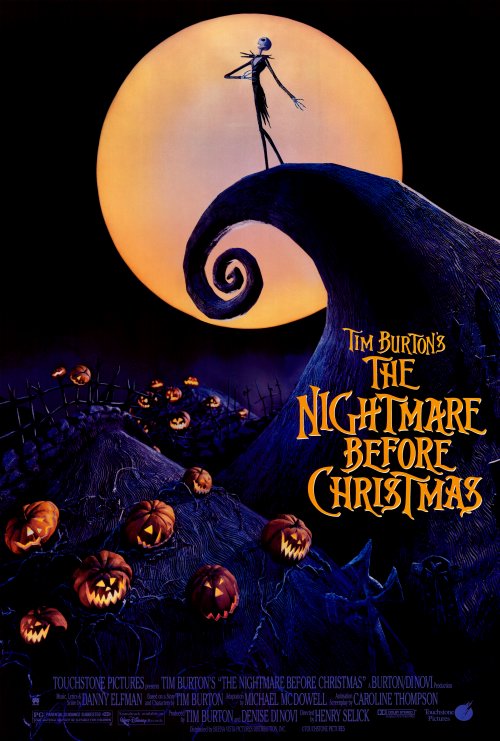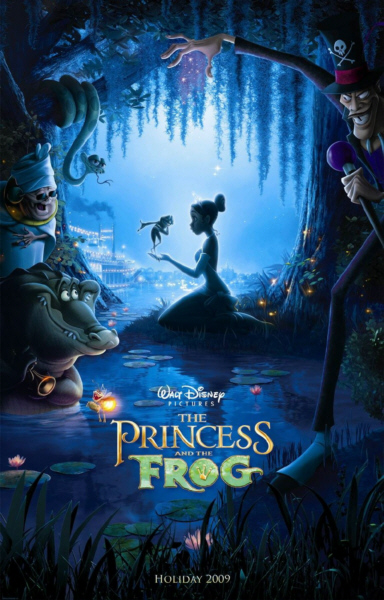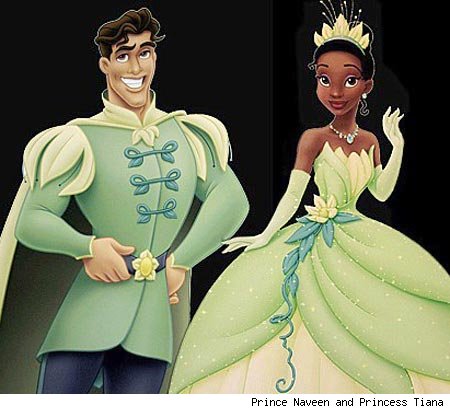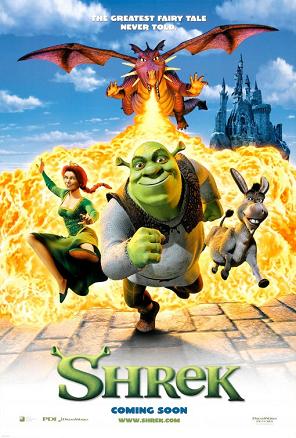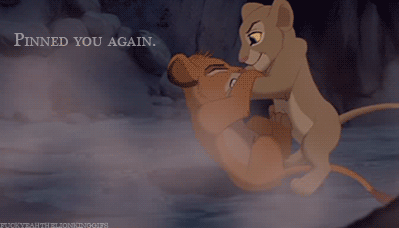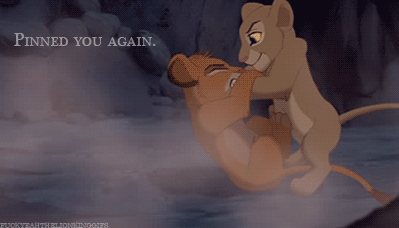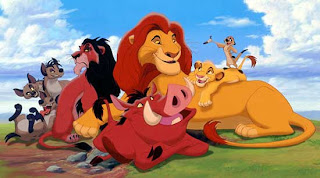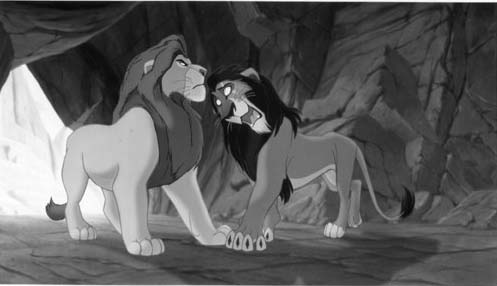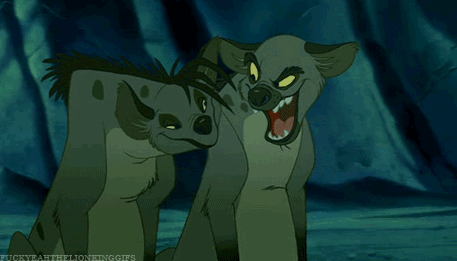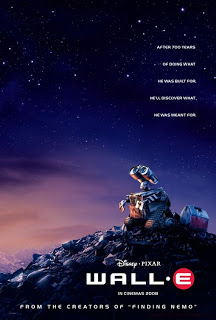 |
| The Princess and the Frog (2009) |
The Princess and the Frog is a Disney milestone for two reasons: it is the first hand-drawn animated motion picture from the company since 2004’s
Home on The Range and features an African-American female heroine.
Also keep in mind that the last film co-starring a human princess was 1992’s Aladdin.
But hold that applause.
For these accomplishments mean little once the viewer realizes what is in store.
The poster of a pouting girl holding a frog amongst bugs, an alligator, and a snake amongst a dark, swampy background says it all. No cute fuzzy bunnies, kittens, or deer friends here.
Our characters: Tiana (originally to be Mamie–uh oh!), a two job hustling sassy twang lady with a lifelong dream of becoming a chef/owner of a fine restaurant. The leading man: disinherited, shallow, but very good looking, Prince Naveen. Tiana’s best friend since birth, Charlotte: a rich, apple-cheeked blond with ample curves to die for and a strange obsession with calling her sole parent “Big Daddy.” The villain: a top hat wearing, African mask collecting, voodoo havocking witch doctor with a smooth, seductive albeit evil voice, Dr. Facilier.
A bopping 1920’s New Orleans is where the story takes place.
The opening to the film was irking. After story time, little Charlotte demands a new dress and daddy begs Tiana’s mother to make her a new one. As the camera pans to several versions of the same pink dress, the kind black, very tired seamstress obediently obliges. Sadly, while she and Tiana leave, daddy spoils Charlotte’s silhouette with a puppy.
How cute!
Eye roll.
Tiana and her mom ride the bus back home- nice part of town disappears rather quickly. One does not need to mention where they have a home. Remember these are black people here.
Five minutes later, Tiana and Charlotte grow up.
(I must also state that I found Charlotte’s treatment of Tiana infuriating.)
At the café, Charlotte just throws all of her daddy’s money at Tiana and demands that she make a boatload of beignets for her Mardi Gras soiree–on that very night!
Inferiority complex is at play.
Charlotte and her daddy make Tiana’s family work like slaves even though they are paying for them. Much too docile and meek, Tiana and her mother take this dominating behavior and its sickening, even for an animated cartoon.
The plot thickens.
 |
| Tiana and Prince Naveen-turned-frog |
Thinking her to be a real princess due to the tiara on her head, Prince Naveen-turned-frog begs for Tiana’s kiss. Unfortunately, she isn’t a princess at all. So after a slimy short make out session, she too becomes a frog.
Ah, how wonderful!
Arguing and swapping flies together, these two frogs embark on a journey in the wet, scary marshlands. The quest to finding their lost humanity is supposed to be funny, sweet, and somewhat romantic. Let’s not forget to mention there is a scene in which their long tongues get twisted in a style reminiscent of Lady and the Tramp’s infamous innocent spaghetti smooch. But that connection was due to a bug, not good old-fashioned Italian fare.
As Tiana and Prince Naveen search for the person who could make them “normal” by following a goofy alligator and a bug that is more friend than delicacy, the viewer quickly becomes annoyed and a tad bit infuriated.
By the near end, they are in love and willing to accept each other forever … as frogs!
When compared to the other Disney princesses, Tiana’s story is a bunch of BS. She didn’t have an evil stepfamily, eat a poisoned apple, have graceful legs instead of fins, receive many hours of beauty rest, or become a madmen’s “love” slave.
Does that make her luckier? I think not.
None of those women would wish to be a frog with long, batty eyelashes.
Nope. Not one.
After the green, jumpy lily pad life and having a grand night’s adventure in the bayou, our humanized heroine finally becomes a princess and a restaurateur. The end.
Feeling robbed?
Yes.
We all know that beauty is in the eye of the beholder, but this is a distasteful metaphor. It kind of makes one feel that all brown-skinned women are frogs and that in order to love them, one would have to be a frog too.
Other notable lowlights: blacks are put in their “respective” places–living in close-knit, modest shacks and taking overcrowded public transportation. As previously mentioned, submissive Tiana and her mother both work diligently for white people and Prince Naveen’s right hand white man transforms into Prince Naveen via Dr. Facilier’s powers. It would almost be a cry for demeaning blackface politics, except Prince Naveen is not a black man.
Loved that an upstanding, loving, appreciative father shared Tiana’s passion for cooking and inspired her ethic. So glad Disney didn’t go with that stereotype about black men being absent from their children’s lives…
Now, Tiana’s mother: only commendable when not complaining about Tiana needing to find a “prince charming” so that she could have grandbabies. Snow White, Cinderella, Aurora, Jasmine, Ariel, and Belle lacked motherly parenting, which added to their naïveté about men. Little fairies and godmothers are sweet and all, but the genuine love from a mother is a special, sacred bond often missing in Disney films.
As a strong, independent woman, Tiana knew that one does not sit on her butt talking to baby animals and making wishes on stars.
Oh wait, she did wish on a star! Damn.
Still, she dreamed big and worked from the ground up.
Now that is a character for little girls to be inspired by. Too bad Tiana was a frog for so long in the movie.
Overall, The Princess and the Frog is enjoyable for a few laughs, infectious moments, and the trademark watery eye sap. But it takes many steps–backwards, forwards, sideways. One wonders what this film is truly trying to accomplish.
Janyce Denise Glasper is a writer/artist running a silly blog of creative adventures called Sugarygingersnap. She enjoys good female centric film, cute rubber duckies, chocolate covered everything (except bugs!), Days of Our Lives, and slaying nightly demons Buffy style in Dayton, Ohio.



